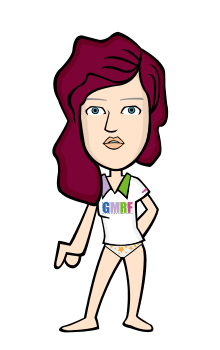London (CNN)Traditionally, the British liked their politics simple: There were two big parties, either one won most of the seats in the House of Commons at election time, and the party leader became prime minister.
That's how it worked for Winston Churchill, Margaret Thatcher and John Major, Tony Blair and Gordon Brown.
It doesn't work like that any more.
The center-right Conservatives and center-left Labour party are still much bigger than any other party, but in 2010 neither one got enough seats in the Commons to govern on its own, and David Cameron had to make a deal with the Liberal Democrats to get his Conservative party into power.
It looks like election results are going to be even more fragmented in elections on May 7, with Labour and the Conservatives apparently heading toward a stalemate, Liberal Democrat support collapsing, and the Scottish National Party on the rise.
Normally, the leader of the biggest party gets the first crack at building a coalition, but whether that's Cameron or Labour leader Ed Miliband, they will have their work cut out for them.
Think you can do it? Give it a try yourself. If you succeed, we'll show you all the policies your coalition government is committed to -- whether they agree with each other or not.



